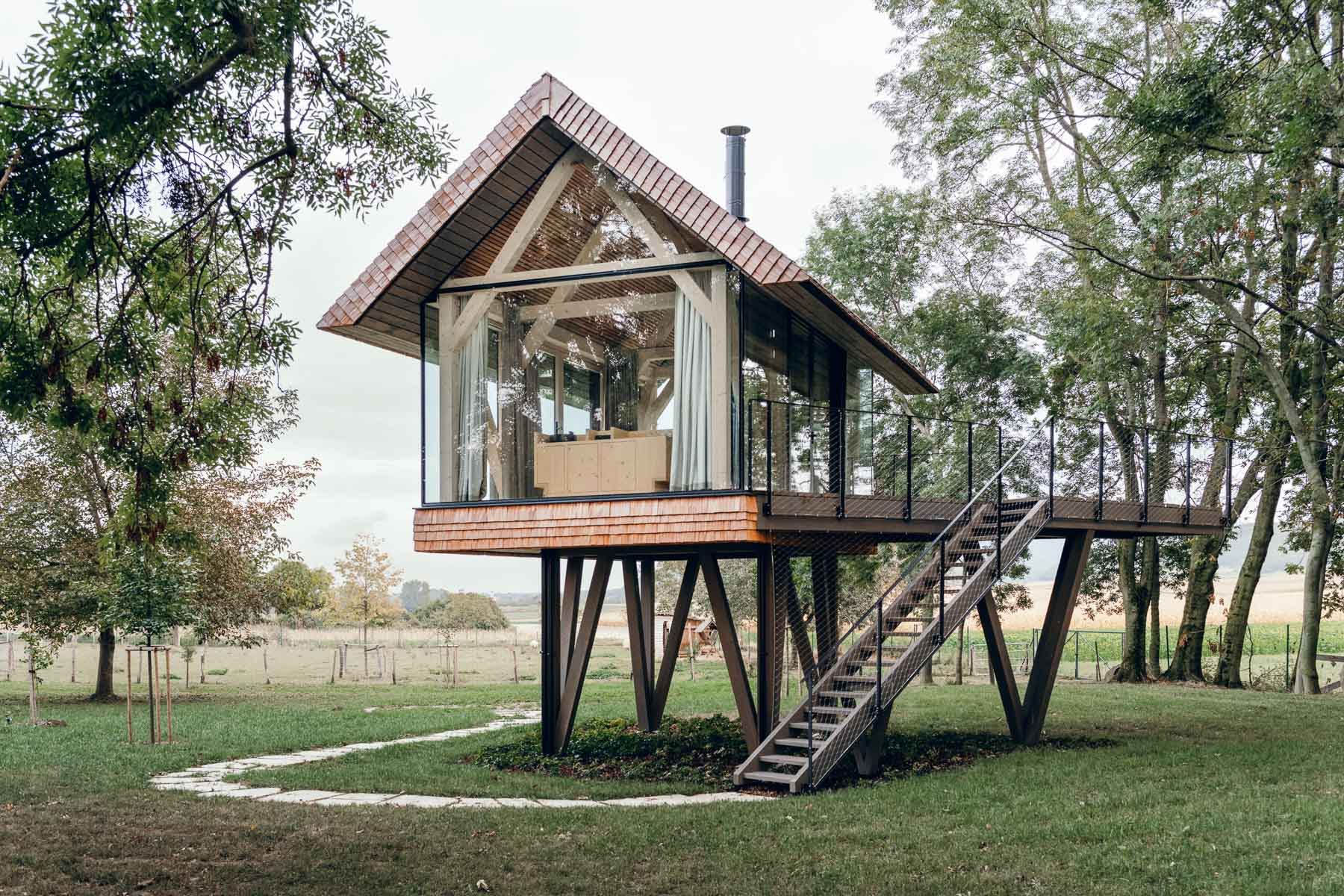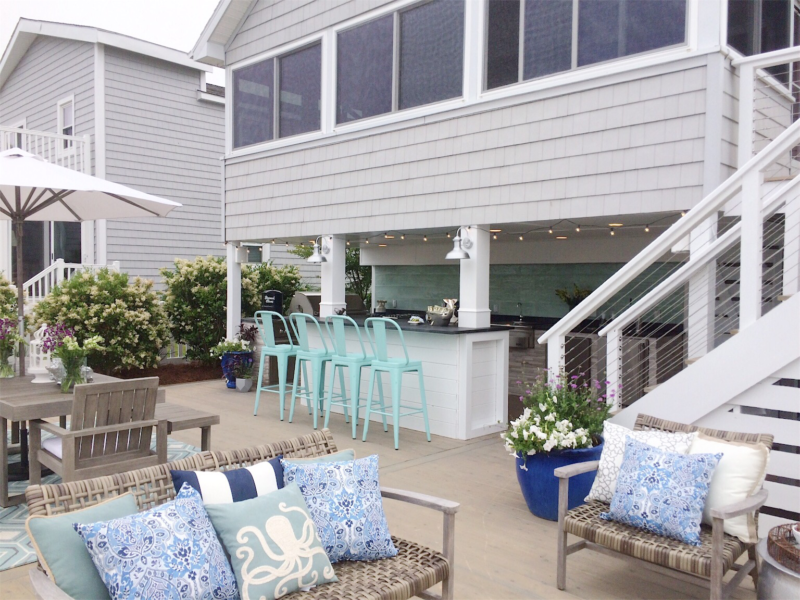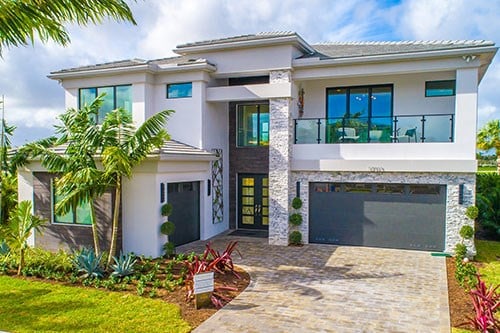Zen House: The Art of Creating Peaceful, Purposeful Living Spaces

A Zen house isn’t just a place—it’s a mindset made tangible. It’s where minimalism meets mindfulness, and where design choices are deeply rooted in purpose and serenity. In a world that moves fast and demands more, a Zen house offers stillness, simplicity, and sanctuary.
But what exactly defines a Zen house? How do you create one that aligns with your lifestyle? From architectural principles to interior choices and daily rituals, this guide unpacks everything you need to know about building and living in a Zen house.
Whether you’re remodeling your home or searching for a way to declutter your mind through your surroundings, the Zen house concept offers powerful answers. Let’s dive into what makes a Zen house truly transformative.
What Is a Zen House?
Origins of the Zen Aesthetic
The term “Zen” originates from Japanese Zen Buddhism, emphasizing meditation, awareness, and simplicity. Zen houses take inspiration from traditional Japanese homes that reflect natural harmony and purposeful living.
Defining Features of a Zen House
- Minimalism: Clean lines, open spaces, and a lack of clutter.
- Natural Elements: Use of wood, stone, bamboo, and water features.
- Neutral Palette: Earth tones and subdued colors dominate.
- Functional Design: Every item has a purpose, and nothing is excessive.
Why Choose a Zen House?
Reduce Stress
A Zen house is designed to create mental clarity. Minimalism helps reduce sensory overload, which can ease stress and anxiety.
Improve Focus and Well-Being
Living in a decluttered, harmonious space fosters mindfulness and concentration, which can positively affect both work and relationships.
Eco-Friendly Living
Zen houses often emphasize sustainability, using natural materials and energy-efficient design.
Key Elements of Zen House Architecture
Open Layouts
Walls are minimized to create flow between rooms. Open spaces help with light distribution and make small homes feel larger.
Integration with Nature
Zen architecture often blurs the line between indoors and outdoors. Large windows, internal courtyards, and sliding doors help bring nature in.
Natural Light and Ventilation
Zen houses rely on passive lighting and air flow. Skylights and shoji screens (sliding paper doors) are commonly used.
Zen House Interior Design Principles
1. Simplicity in Design
Avoid ornate or overly decorative furniture. Stick to essentials and choose designs that are elegant but understated.
2. Neutral Color Palette
Whites, beiges, and soft greys create a calming environment. Accents may come in muted green or blue tones.
3. Natural Materials
Use wood flooring, stone countertops, linen textiles, and paper lighting to connect with organic elements.
4. Decluttered Spaces
Storage solutions are built-in and hidden. Every item is curated, and surfaces are clean.
How to Create a Zen House: Step-by-Step
Step 1: Clear Out the Clutter
Start with a deep decluttering. Keep only what adds value or joy. Let go of items that serve no real purpose.
Step 2: Choose a Neutral Base
Paint your walls in soft, neutral tones. Limit the number of different colors in each room to create consistency.
Step 3: Add Natural Textures
Incorporate bamboo rugs, jute mats, wooden shelves, and linen curtains. The goal is to stimulate the senses gently.
Step 4: Create Zones of Peace
Designate areas for meditation, reading, or slow activities. A tatami mat corner or floor cushions can offer cozy mindfulness zones.
Step 5: Keep Lighting Soft and Layered
Use floor lamps, rice paper lanterns, and candles to create warmth without harsh brightness.
Daily Habits for Living in a Zen House
- Start the day with 10 minutes of silence.
- Open windows to let in fresh air and sounds of nature.
- Clean a little every day instead of all at once.
- Leave shoes at the door to maintain cleanliness and intention.
- End the day with soft lighting and calm music.
Zen House vs Minimalist House: What’s the Difference?
| Aspect | Zen House | Minimalist House |
|---|---|---|
| Philosophy | Rooted in Zen Buddhism, focuses on peace and mindfulness | Driven by the “less is more” concept |
| Aesthetics | Natural, warm, organic | Often modern, cold, and ultra-sleek |
| Functionality | Encourages rituals and mental well-being | Emphasizes space efficiency |
| Emotional Tone | Calm, nurturing | Clean, sometimes impersonal |
Can You Have a Zen Apartment?
Yes. A Zen apartment adapts the same principles in a smaller space:
- Use room dividers for flow
- Maximize vertical storage
- Choose multi-purpose furniture
- Bring in small potted plants for natural balance
- Use sheer curtains for light diffusion
Zen House Ideas for Every Room
Zen Living Room
- Floor seating or low furniture
- Bonsai or indoor bamboo plants
- A neutral rug with subtle texture
Zen Bedroom
- Futon or platform bed
- Paper lamps and blackout curtains
- Scented diffuser with sandalwood or lavender
Zen Bathroom
- Stone basin sink
- Wooden bathtub tray with candles
- Cotton towels and a bamboo mat
Zen Kitchen
- Open shelving with neatly arranged items
- Wooden utensils and ceramic bowls
- Small herb garden on the window sill
Challenges in Creating a Zen House
- Letting Go: Minimalism is emotionally hard if you’re attached to material possessions.
- Cost of Natural Materials: Bamboo flooring or paper screens can be pricier.
- Maintaining the Look: Requires ongoing discipline and cleaning habits.
- Space Constraints: Urban homes may need creativity for open space and natural elements.
Real-Life Inspiration: Zen in Modern Context
While traditional Zen houses are rooted in Japanese aesthetics, modern versions blend contemporary design with old wisdom. Urban lofts, eco-cabins, and even tiny homes are now being built using Zen principles—offering peace in the heart of chaos.
The growing popularity of meditation rooms, natural lighting, and biophilic design in architecture proves that the Zen house is more than a trend—it’s a way forward.
Conclusion
Creating a Zen house is not about copying a Japanese interior style—it’s about crafting a lifestyle of intentional living. Whether you redesign a single room or your entire home, the principles of simplicity, harmony, and mindfulness can help you transform your space into a peaceful haven.
Remember, a Zen house isn’t perfect. It’s personal. Start small, stay consistent, and let each choice reflect a more conscious way of living.




